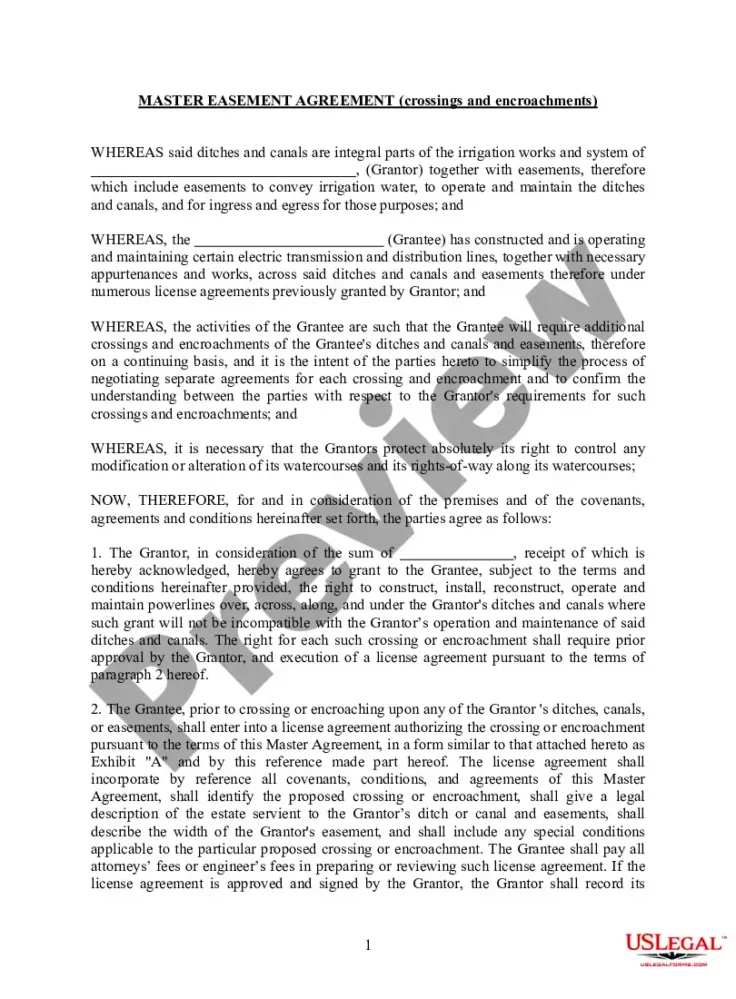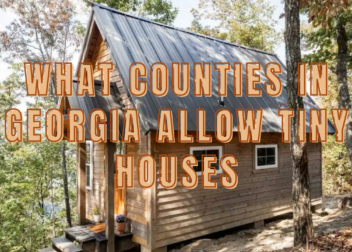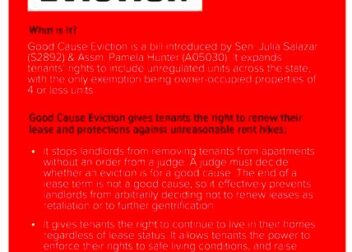Understanding Easement Law in Colorado
While easement law may appear to be intricate it actually has the potential to impact the lives of most property owners at some stage. In essence an easement grants you the authority to utilize another persons land for a particular purpose. Picture this scenario you own a charming house with a delightful garden but the sole access point to your property is via your neighbors driveway. In this situation easement law would step in to safeguard your entitlement to use that driveway, even though it technically falls outside your property boundaries.
In Colorado understanding the laws surrounding easements is essential for protecting property rights and addressing access and utility requirements. Easements can be either temporary or permanent and each has its own guidelines and regulations. Think of it as having a pass that grants you permission to utilize a portion of someone elses land even if you dont fully own it. This legal structure plays a role in preventing conflicts and ensuring that individuals can enjoy their properties without unnecessary disputes.
Types of Easements in Colorado
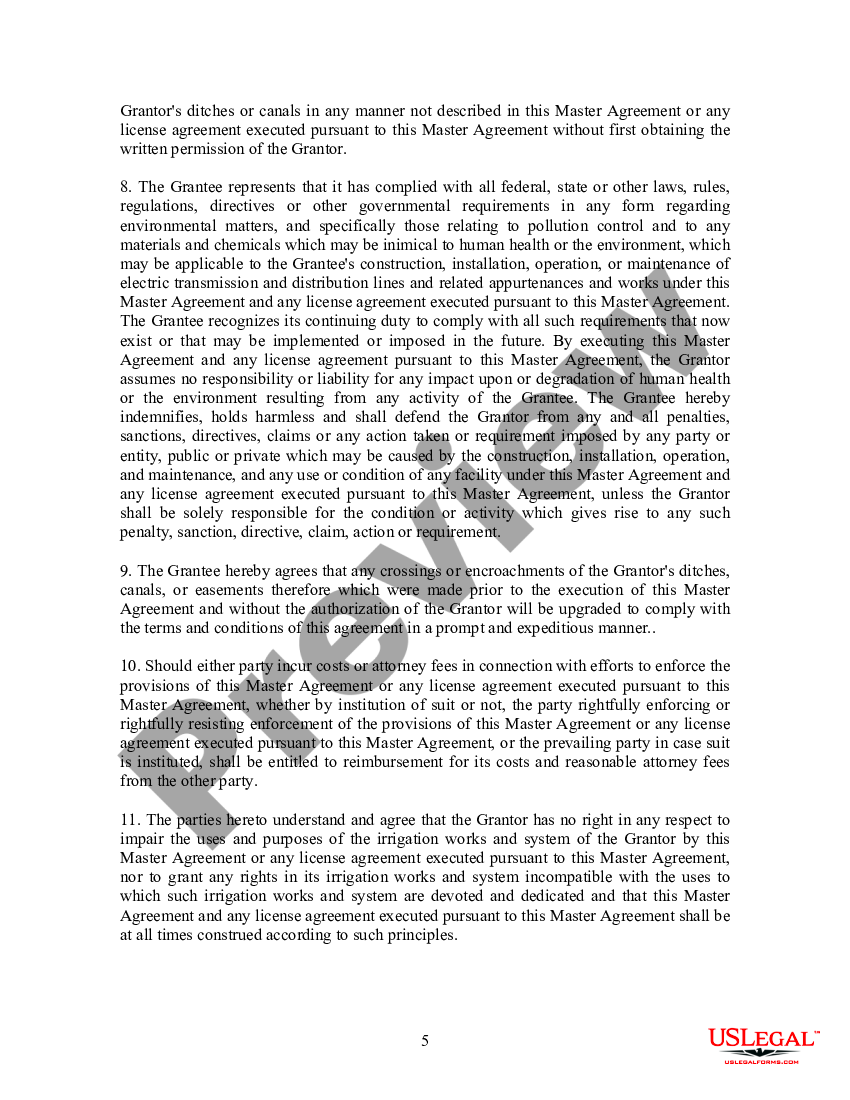
Colorado has different kinds of easements, each designed to meet specific needs and objectives. Knowing about these can assist you in managing property ownership and usage more efficiently. Here’s a brief summary of the key types.
- Access Easements: These allow property owners to pass through another person’s land to reach their own property. Think of it as your gateway to accessing your secluded mountain retreat.
- Utility Easements: These are granted to utility companies to install and maintain services like water, electricity, and gas. Picture the underground lines that bring water to your home; they’re placed through utility easements.
- Drainage Easements: These are used to manage water flow and prevent flooding. They help ensure that water runs off properly, safeguarding both properties from water damage.
- Conservation Easements: These are designed to protect natural landscapes and wildlife habitats. They help preserve Colorado’s stunning natural beauty and biodiversity.
How Easements Affect Property Rights
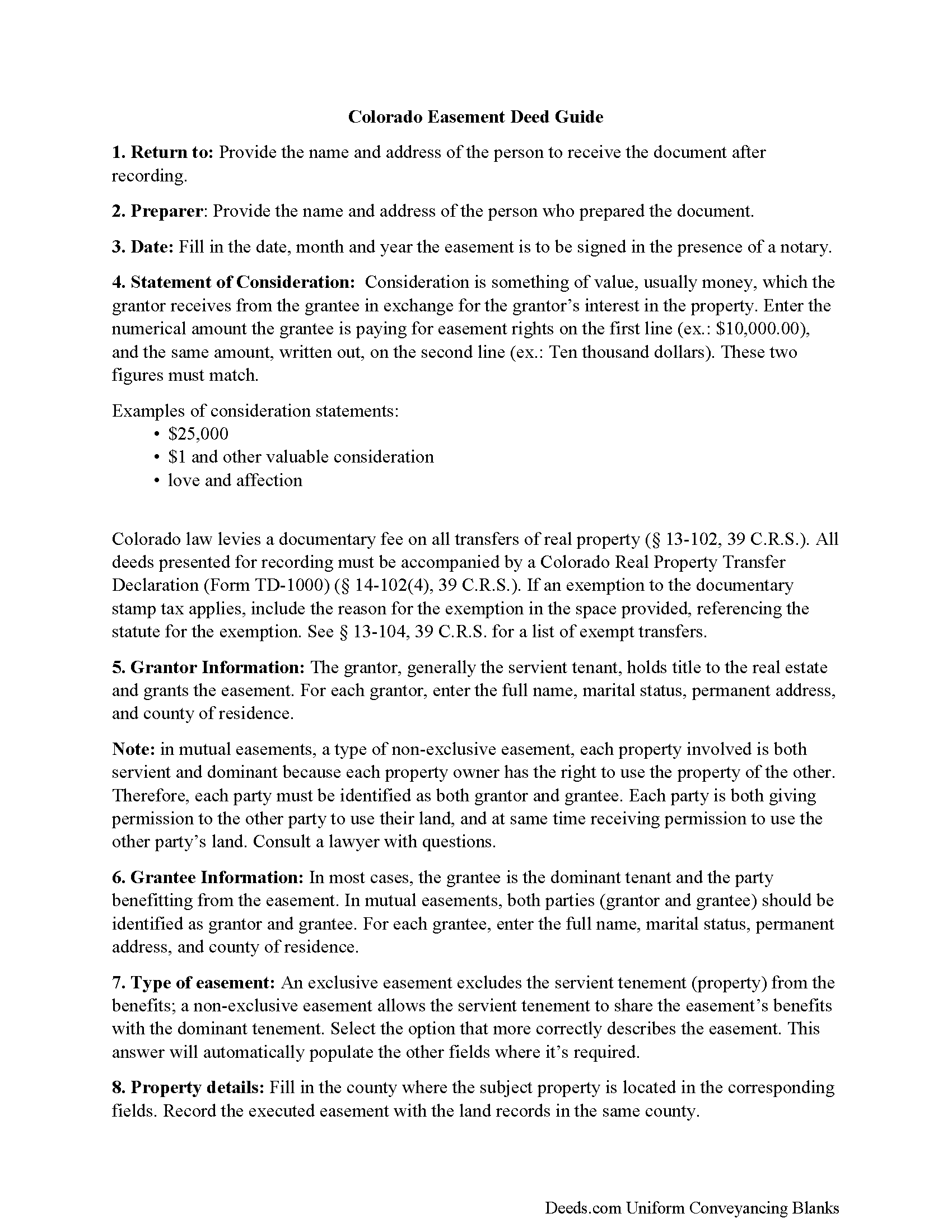
Easements are important when it comes to defining property rights and they can influence how you use and enjoy your space. When you have an easement it means you may need to let others access a portion of your land which can impact your privacy and authority, over your property.
If you have an easement on your property it means that others are allowed to cross through your land. This can be tough if you prioritize your privacy or have specific plans in mind for your property. However easements play a role in ensuring that property owners can access necessary services and utilities.
Grasping the significance of these privileges and duties is essential. Easements resemble sharing the duty of taking care of a shared garden. Although you have a say in matters you must also honor the rights of others. Striking a balance between these factors can be challenging at times but through well defined agreements and legal guidance you can navigate these scenarios in a manner that is both efficient and just.
How to Establish an Easement
Securing an easement may appear challenging at first, but by following the approach it can be a smooth endeavor. Picture it as setting up the foundation for a communal garden. Here’s a guide on how to proceed with it.
- Determine the Need: Before you start, figure out exactly what type of easement you need. Is it for access, utilities, or perhaps drainage? Understanding your requirement will help you communicate effectively with the other party involved.
- Negotiate with the Property Owner: Easements are often established through mutual agreement. Talk to the property owner whose land will be affected. Discuss the specifics—how much land will be used, the purpose of the easement, and any conditions.
- Draft an Easement Agreement: Once both parties agree, the next step is to draft a formal easement agreement. This document should outline the rights and responsibilities of each party, the location and extent of the easement, and any maintenance obligations.
- File with the County Clerk: After drafting, file the easement agreement with your local county clerk’s office. This step makes the easement official and ensures it is recognized by law. It’s like putting a stamp on your shared garden plan.
- Follow Up: Regularly check in to ensure everything is going as planned. If there are any issues or changes needed, address them promptly to avoid future disputes.
From what I’ve observed in my life effective communication and thorough contracts can help avoid issues. Personally I’ve noticed that a carefully prepared easement contract can facilitate the use of shared property without any complications.
Common Issues with Easements
Although easements are intended to simplify property utilization they can occasionally give rise to challenges. Here are a few issues that may arise along with suggestions on how to address them.
- Disputes Over Usage: One of the most common issues is disagreement over how the easement is used. For example, a driveway easement meant for vehicles might be used for parking, which can cause friction. Clear definitions in the easement agreement can help prevent this.
- Maintenance Responsibilities: Another common problem is confusion over who is responsible for maintaining the easement area. For instance, if a drainage easement is not properly maintained, it can lead to flooding. It’s crucial to specify maintenance duties in the easement agreement.
- Encroachment: Sometimes, property owners may accidentally or intentionally use the easement area beyond the agreed-upon limits. Regular check-ins and clear boundaries in the agreement can help mitigate this issue.
- Legal Conflicts: Disputes over easements can sometimes escalate into legal battles. Ensuring that the easement is well-documented and legally binding can prevent such conflicts.
Based on what I’ve seen tackling these matters early on and establishing a well defined agreement can prevent a lot of headaches in the future. It’s akin to putting in some effort to make sure your garden flourishes together.
Legal Processes for Disputes
When conflicts regarding easements come up, it’s crucial to grasp the procedures that can assist in settling them. Consider it like enlisting a neutral party to help sort out issues in your communal garden. Here’s a roadmap for maneuvering through these steps.
- Review the Easement Agreement: Start by reviewing the original easement agreement. This document often contains clauses related to dispute resolution. Sometimes, the solution might already be outlined.
- Negotiation and Mediation: If the agreement doesn’t resolve the issue, try negotiating directly with the other party or seek mediation. Mediation involves a neutral third party who can help both sides reach a fair solution. It’s a bit like having a friendly neighbor help resolve a gardening disagreement.
- Seek Legal Advice: If negotiation and mediation don’t work, consulting a lawyer who specializes in property law can be beneficial. They can provide guidance based on their expertise and help you understand your legal options.
- File a Lawsuit: As a last resort, you may need to file a lawsuit. This process involves going to court and having a judge decide the outcome. It’s a more formal and time-consuming approach, so it’s best used when other methods fail.
From what Ive seen addressing conflicts promptly and getting assistance can often avert protracted court fights. Open dialogue and being aware of your rights play a crucial role in effectively resolving easement disputes.
How Easement Law Impacts Property Value
Easements can affect the value of a property in ways. If you’ve attempted to sell a home with an easement you may have observed that prospective buyers tend to be more careful. It’s similar to owning a house but having to share your driveway with others. Here’s a breakdown of how easements can impact property value.
- Positive Impact: In some cases, easements can actually increase property value. For instance, a well-managed utility easement that provides essential services might be seen as an asset. Similarly, conservation easements can enhance the aesthetic and environmental value of a property.
- Negative Impact: On the flip side, easements can sometimes reduce property value. For example, an access easement that allows others to pass through your property might make it less appealing to buyers who value privacy. Similarly, an easement that restricts land use can limit the potential for future developments, which might deter some buyers.
- Market Perception: The impact of an easement on property value often depends on how it’s perceived in the market. If buyers view the easement as beneficial and well-managed, it might not affect the value significantly. However, if it’s seen as a hindrance or if there are disputes, it could lead to a decrease in value.
Based on what I’ve been through I’ve noticed that an easement can have advantages. It can offer access or services but it’s crucial to consider how it affects your propertys worth and tackle any issues beforehand.
How to Seek Legal Help for Easement Issues
When it comes to easement matters getting assistance can really impact the outcome. It’s similar to having an expert navigator by your side while trying to find your way through a tricky maze. Here are some tips on how to locate the legal support you need:
- Identify the Issue: Clearly define the problem you’re facing. Is it a dispute over usage, maintenance responsibilities, or something else? Knowing exactly what you need help with will guide you in finding the right legal assistance.
- Consult a Real Estate Lawyer: Look for a lawyer who specializes in real estate or property law. They have the expertise to handle easement issues effectively. Personal recommendations or online reviews can help you find a reputable lawyer.
- Gather Documentation: Collect all relevant documents related to the easement. This includes the easement agreement, property deeds, and any correspondence related to the issue. Having all the information at hand will make it easier for your lawyer to understand the situation.
- Discuss Your Options: Once you’ve found a lawyer, discuss your options. They might suggest negotiating with the other party, seeking mediation, or pursuing legal action. Choose the path that best suits your situation and comfort level.
- Follow Through: Work closely with your lawyer throughout the process. Keep them informed of any developments and follow their advice to ensure the best possible outcome.
During my personal experience seeking a lawyer proved essential in dealing with a challenging easement matter. Their knowledge not only shed light on the issue but also offered a route towards reaching a fair outcome.
FAQ
What is an easement?
An easement is a legal right that allows someone to use a portion of another person’s property for a specific purpose. It’s like having permission to use a part of someone else’s land without owning it.
How can I find out if my property has an easement?
You can check your property deed or contact your local county clerk’s office to find out if there are any recorded easements on your property. Title searches conducted by real estate professionals can also reveal easements.
Can easements be changed or removed?
Yes, easements can sometimes be modified or removed, but it requires agreement from both parties involved or a legal process if there’s a dispute. It’s important to consult with a lawyer for guidance on how to proceed.
What should I do if there’s a dispute over an easement?
Start by reviewing the easement agreement and trying to resolve the issue through negotiation or mediation. If these methods don’t work, seek legal advice to understand your options for further action.
How does an easement affect property value?
Easements can impact property value positively or negatively, depending on their nature and how they are perceived by potential buyers. An easement that provides essential access or services may enhance value, while one that restricts use or impacts privacy might decrease it.
Conclusion
Navigating the intricacies of easement law can be quite a challenge, much like trying to dance with an unchosen partner. It requires careful consideration and balancing of rights and obligations. Through my own experiences I’ve witnessed how clear agreements and open communication can truly make a difference. Easements offer advantages such as access and utility services but they also come with potential hurdles, like affecting property value or causing disputes. Whether you’re dealing with easements on your property or facing legal matters taking proactive measures and seeking guidance can assist you in navigating the complexities confidently. Keep in mind that managing an easement can smoothly integrate into property ownership while poor management may lead to complications. Approach the process with care and you’ll find yourself better equipped to enjoy the benefits while addressing any issues that may arise along the way.
